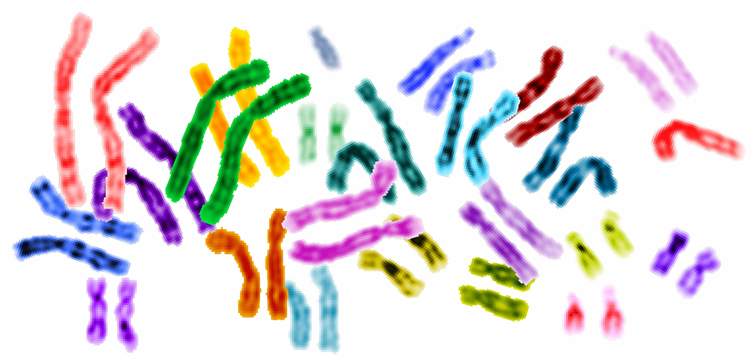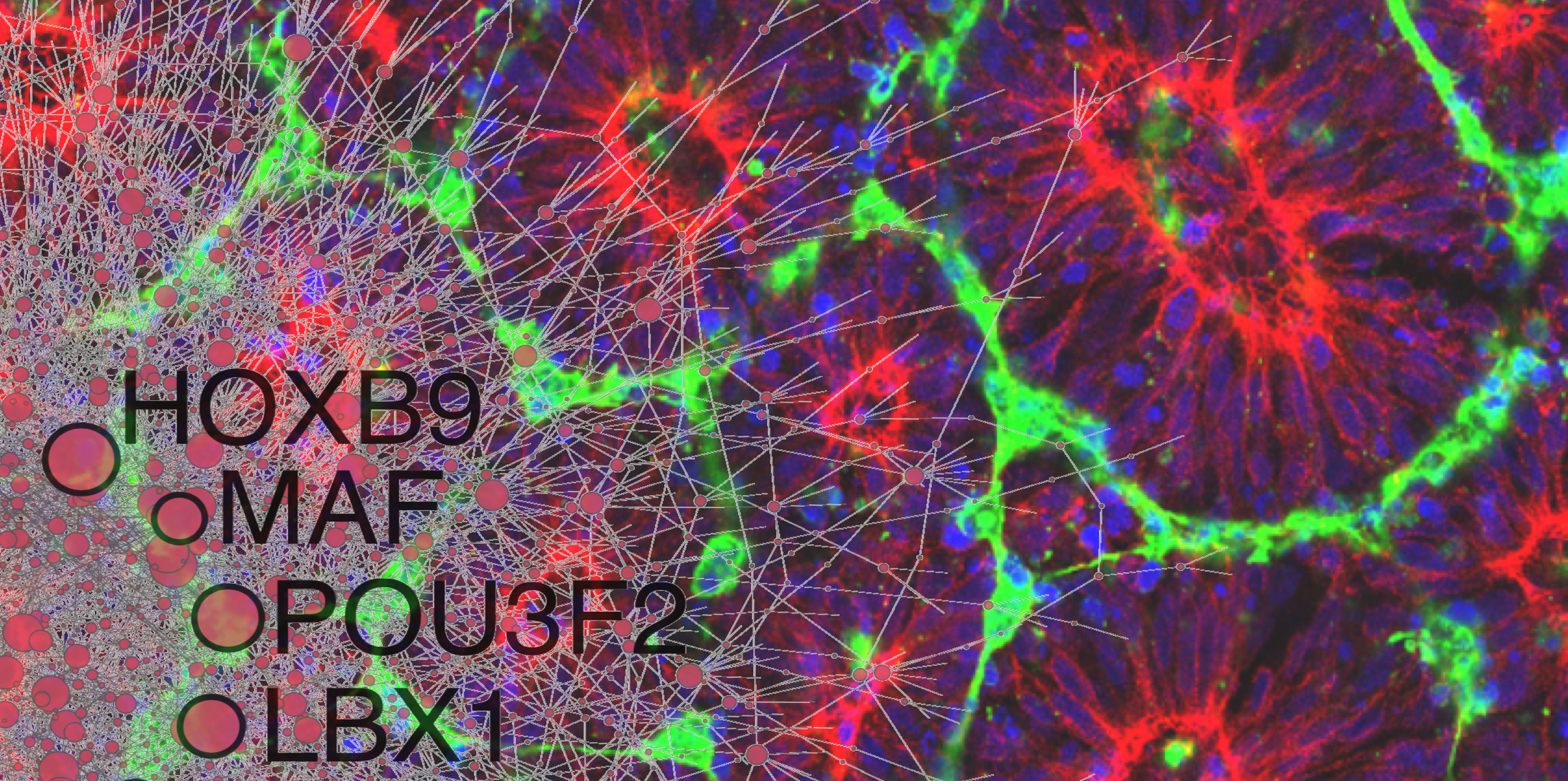-Omics research includes fields such as proteomics, genomics, epigenomics, and metabolomics and refers to the totality of a subject: all constituent parts considered collectively.
WID researchers are working to manage and utilize the massive amounts of data associated with -omics research to understand and inform gene regulation, cellular reprogramming, precision medicine, and complex biological systems.
WID is home to the Multi-Omics Hub.








